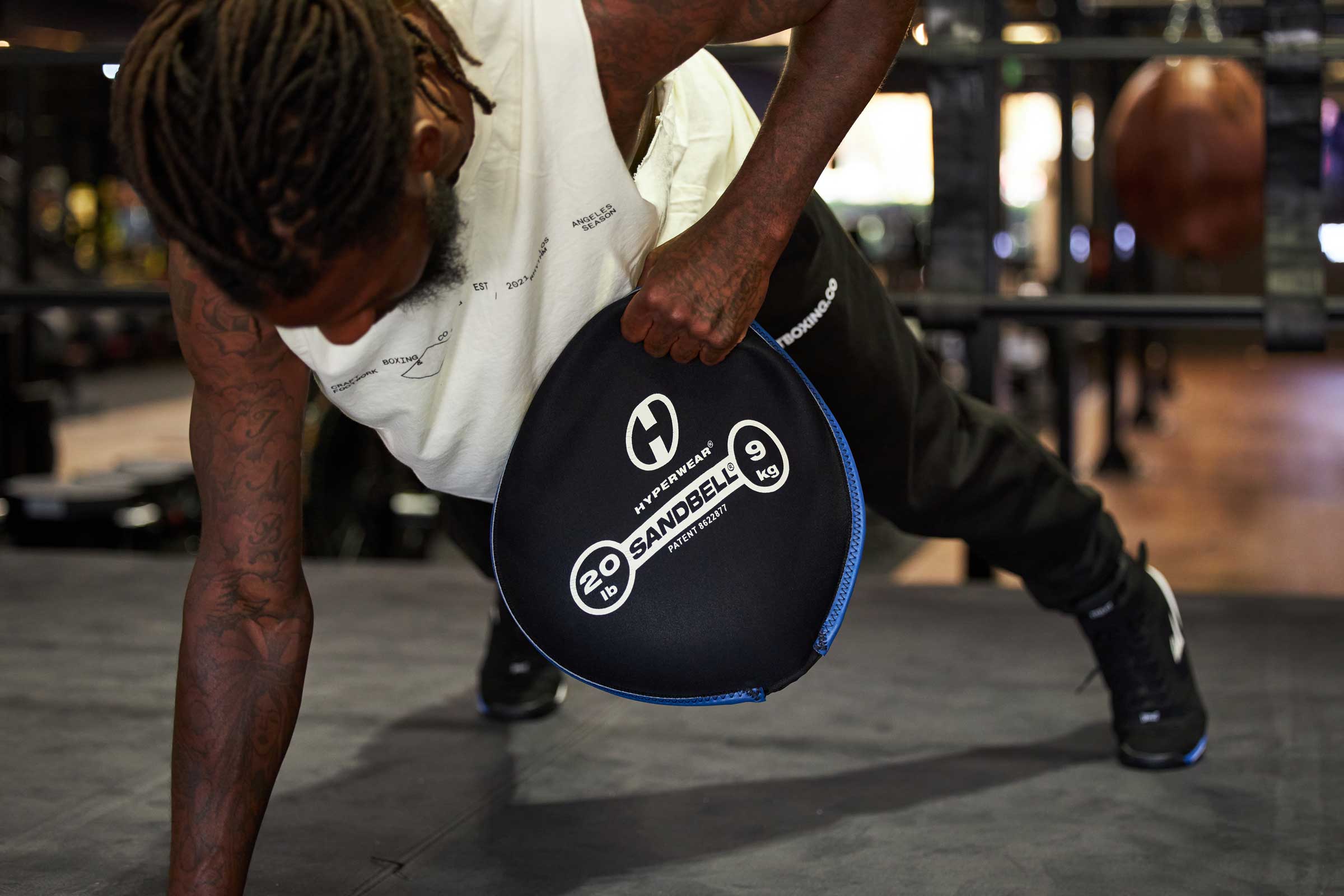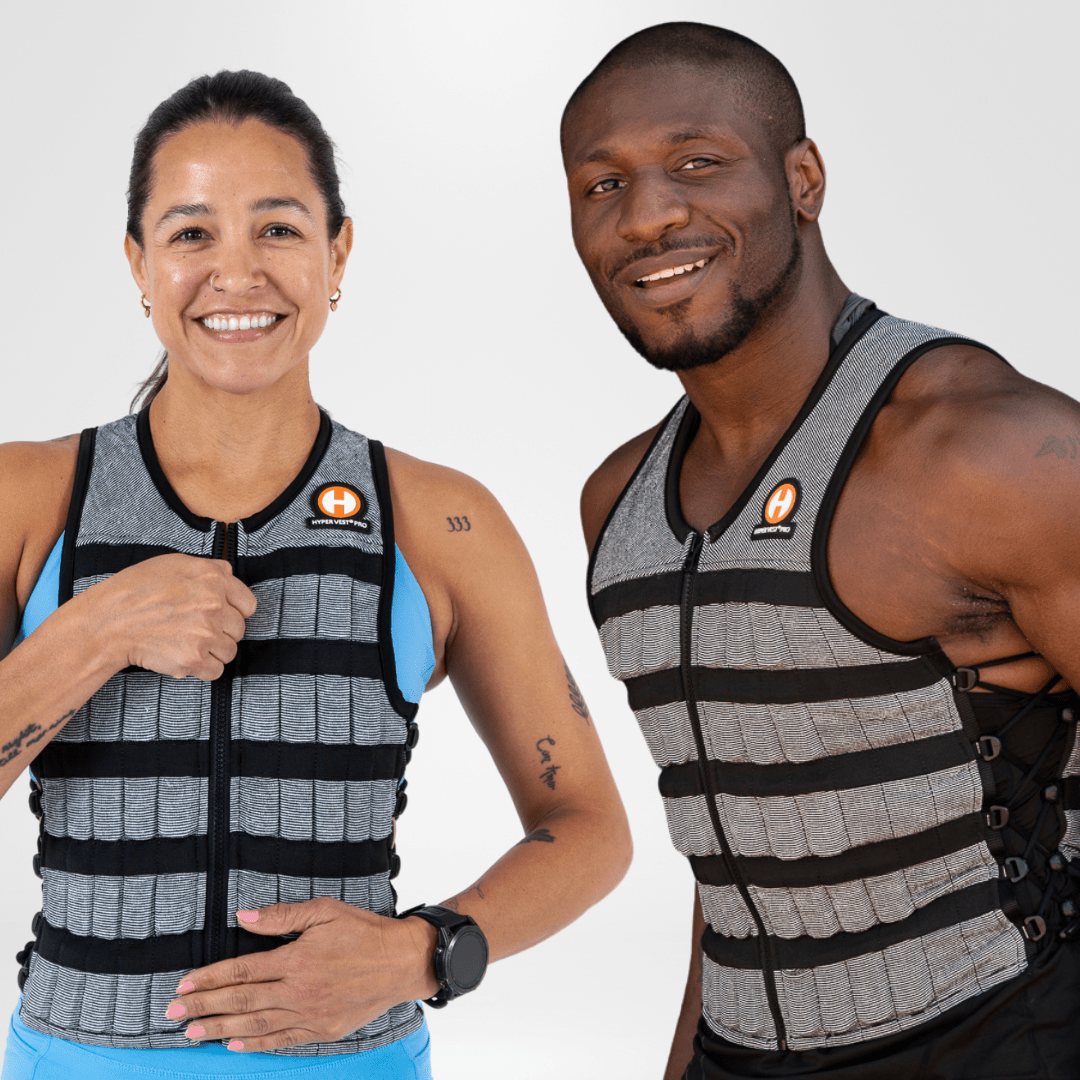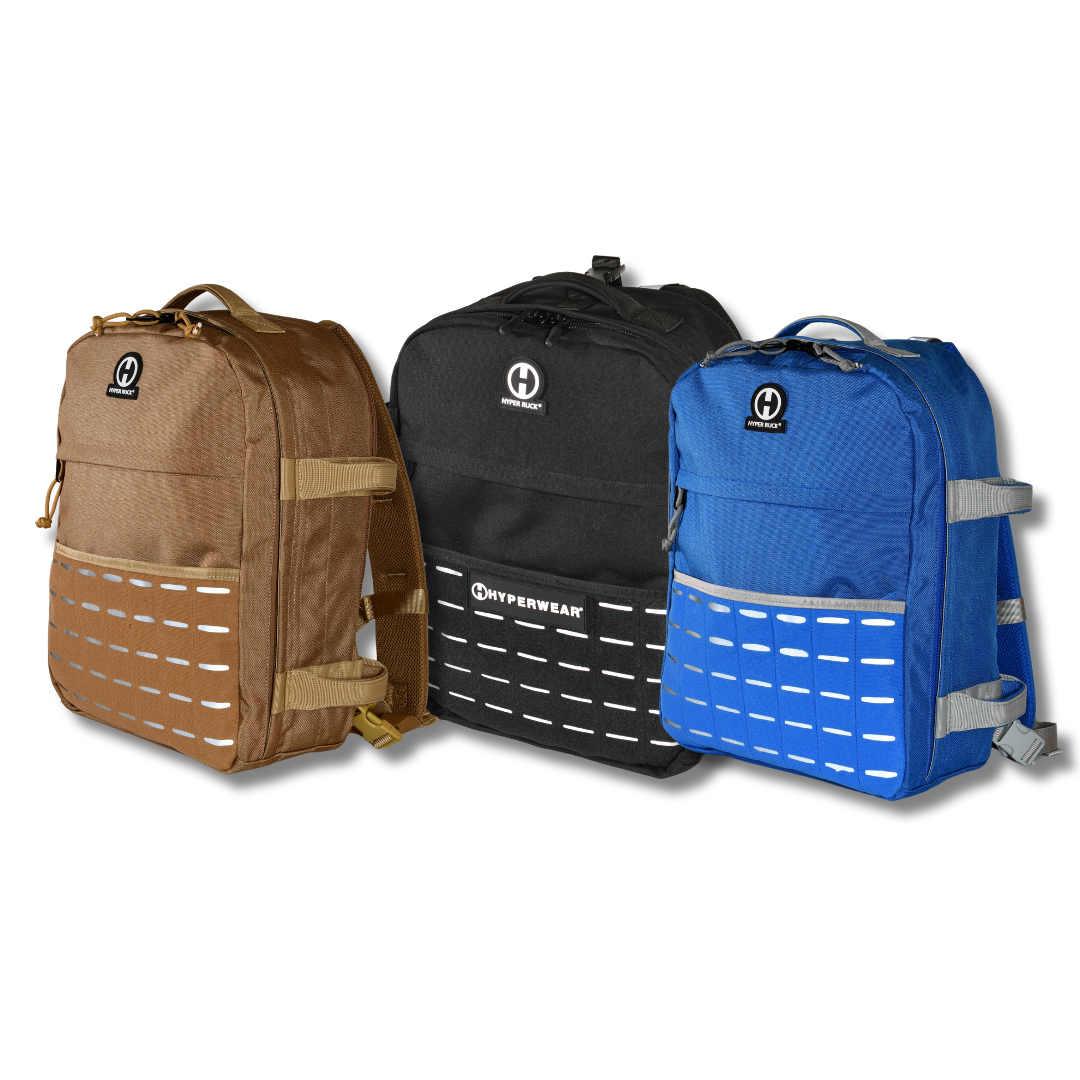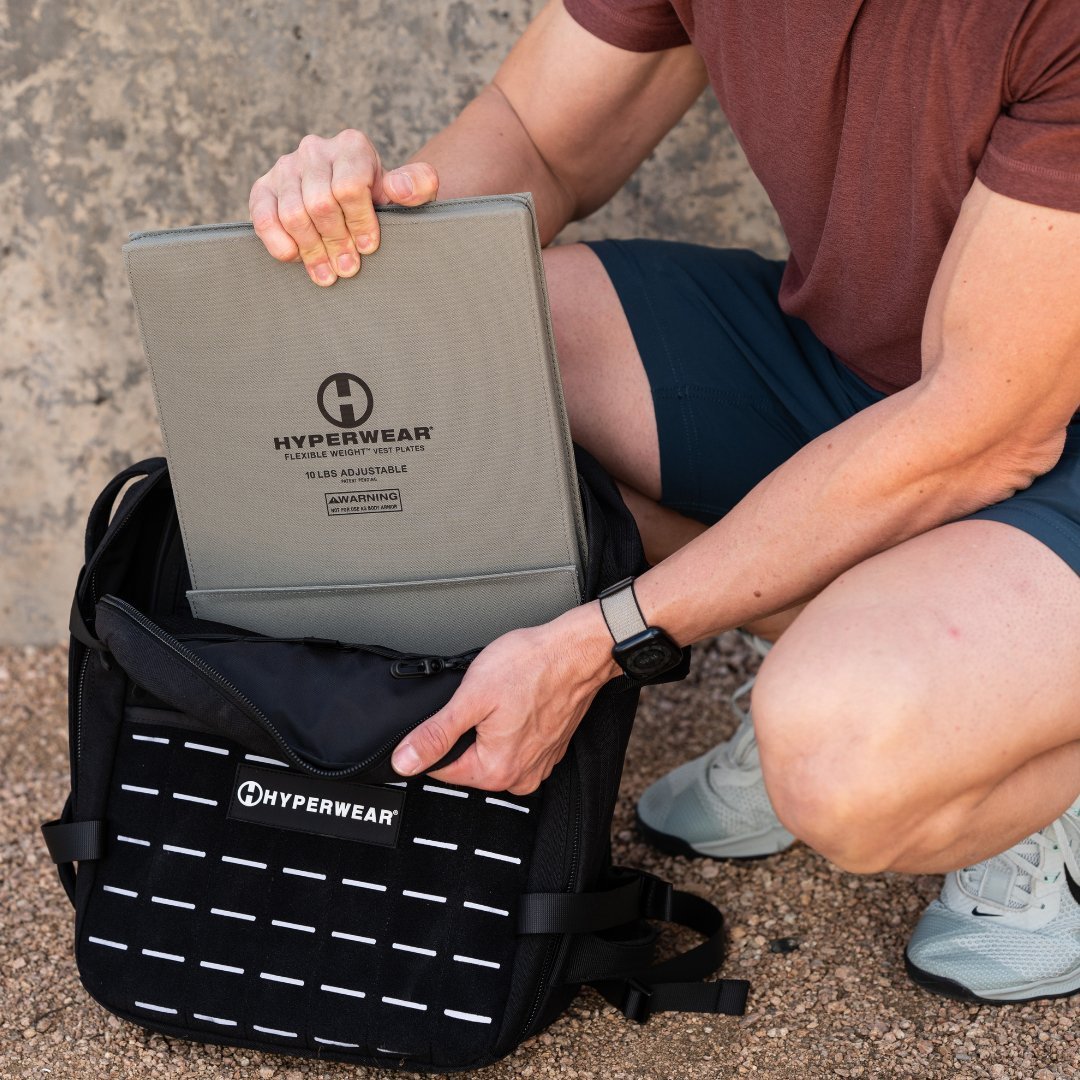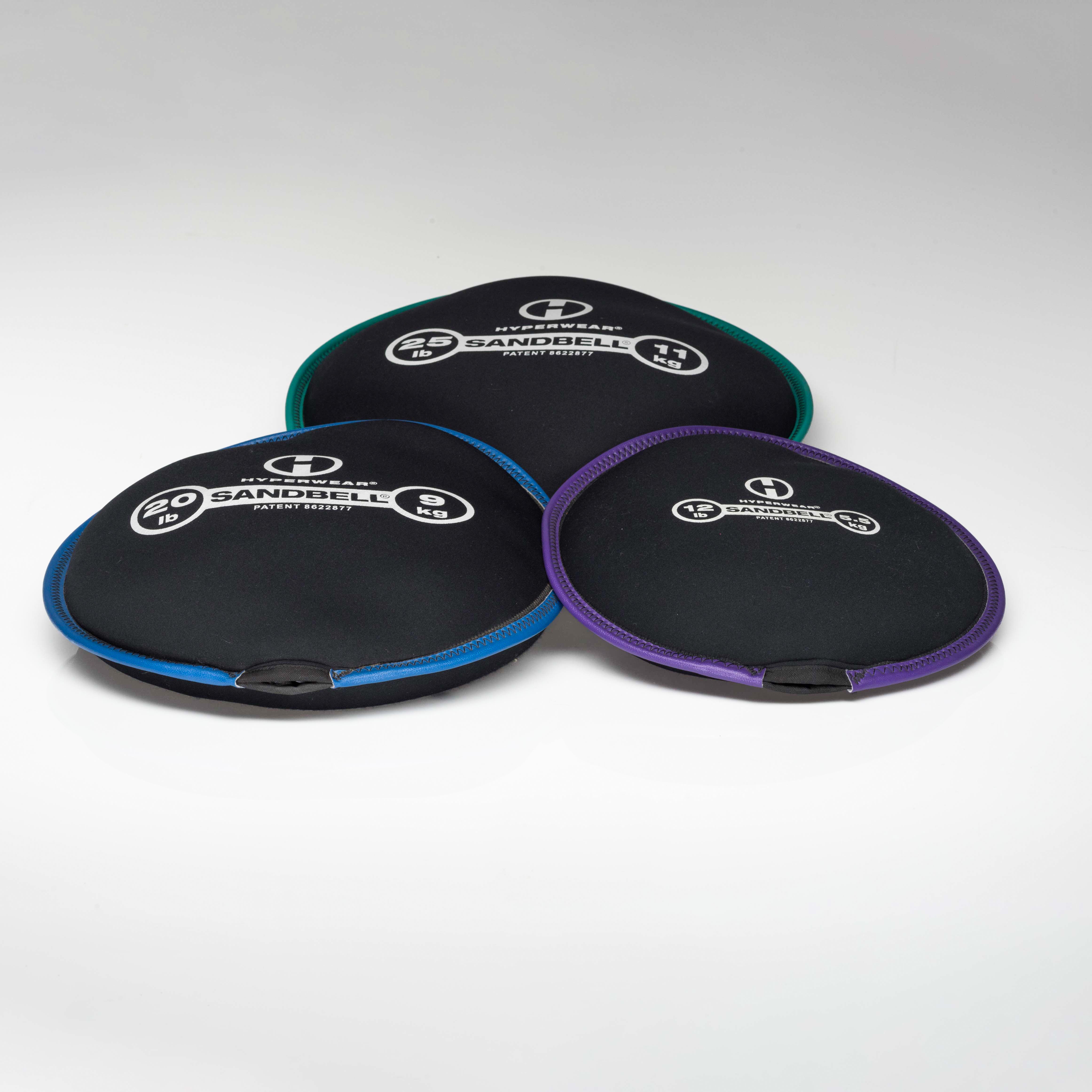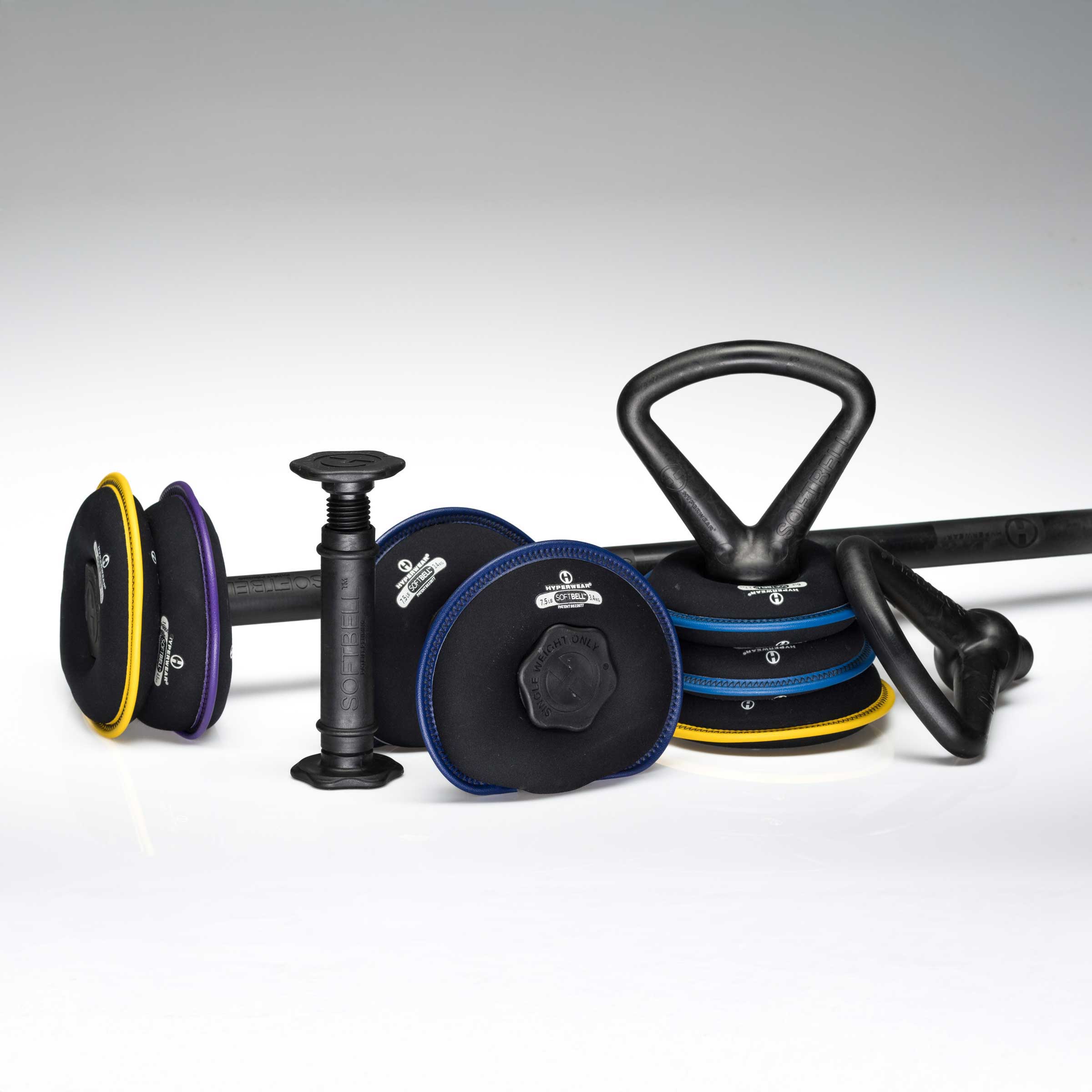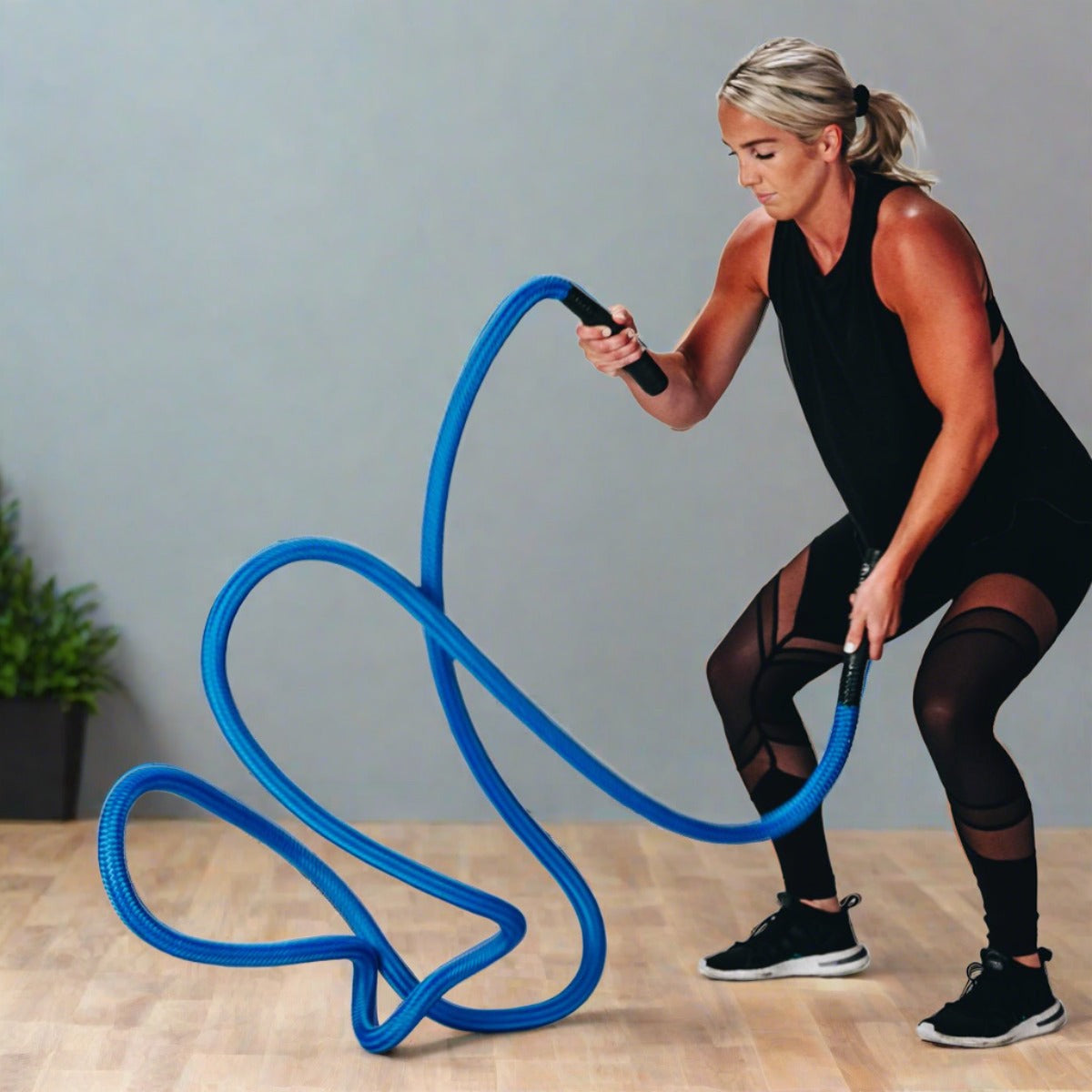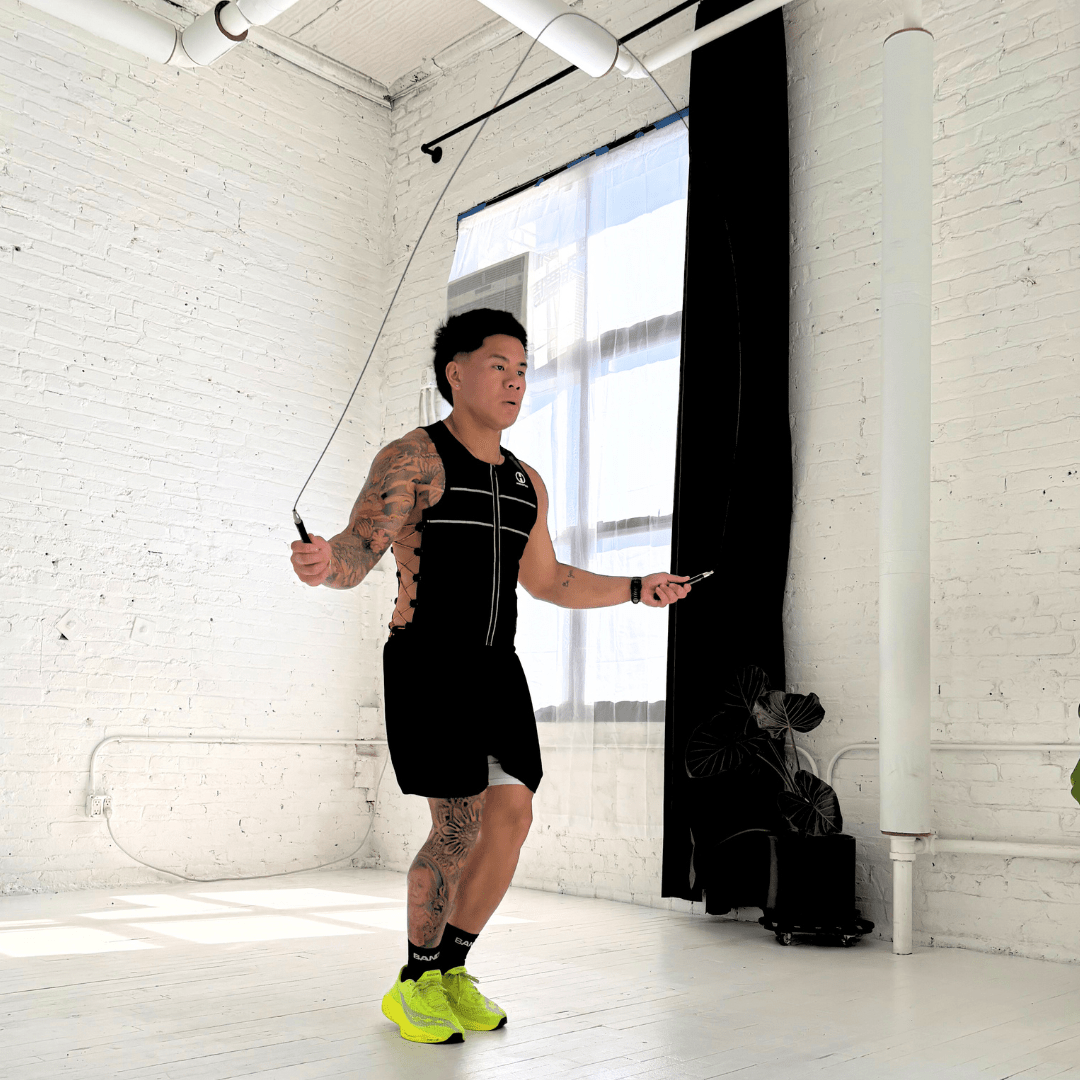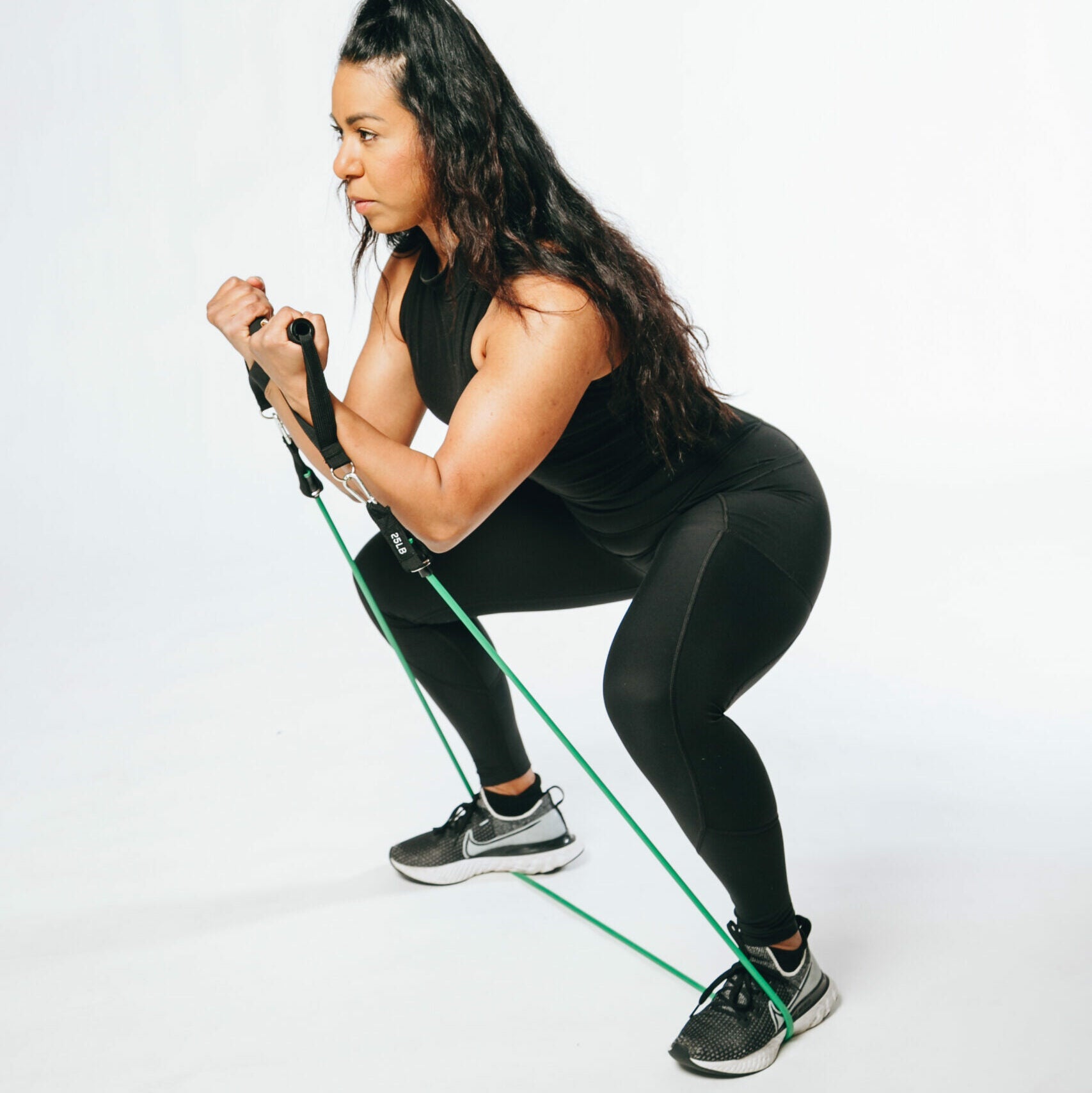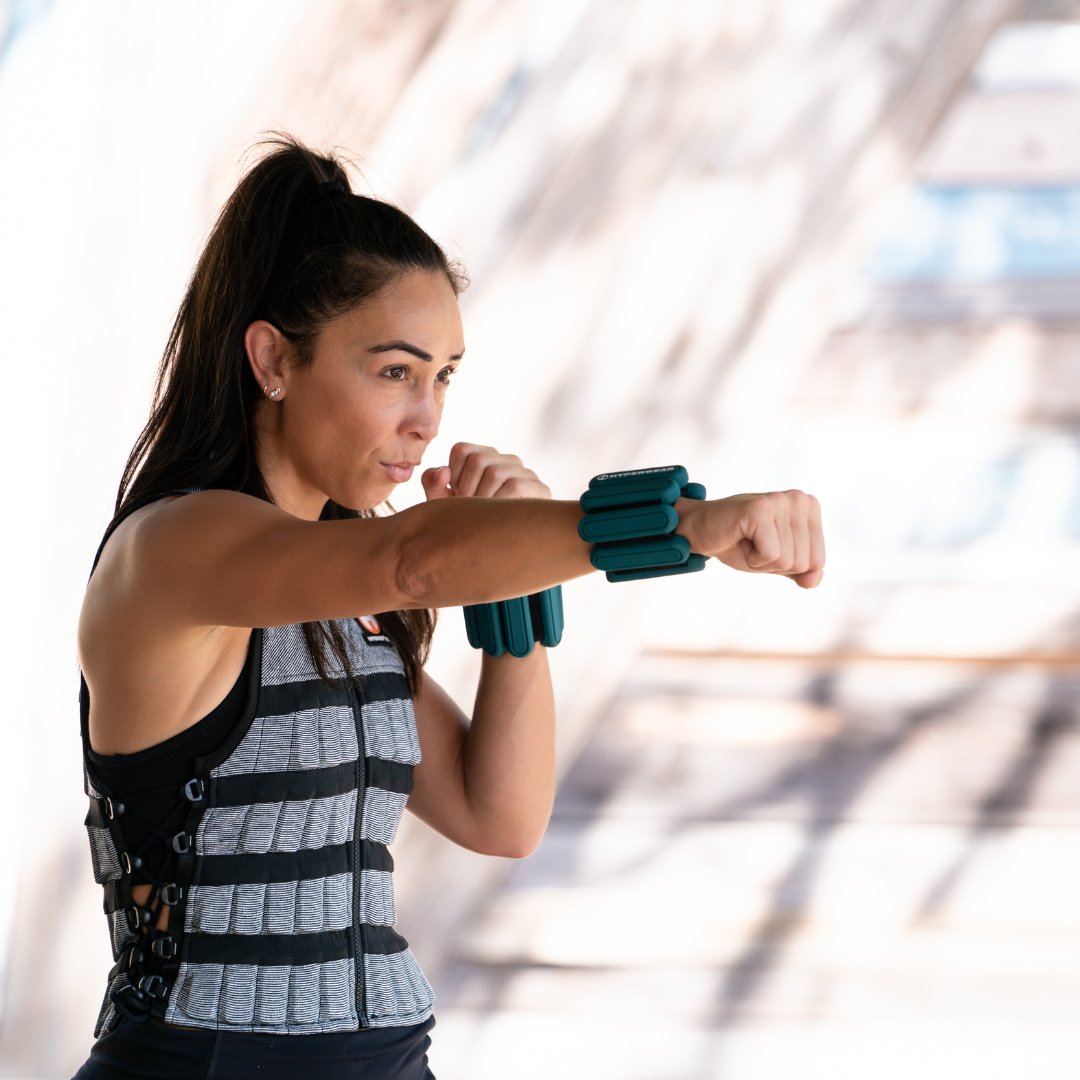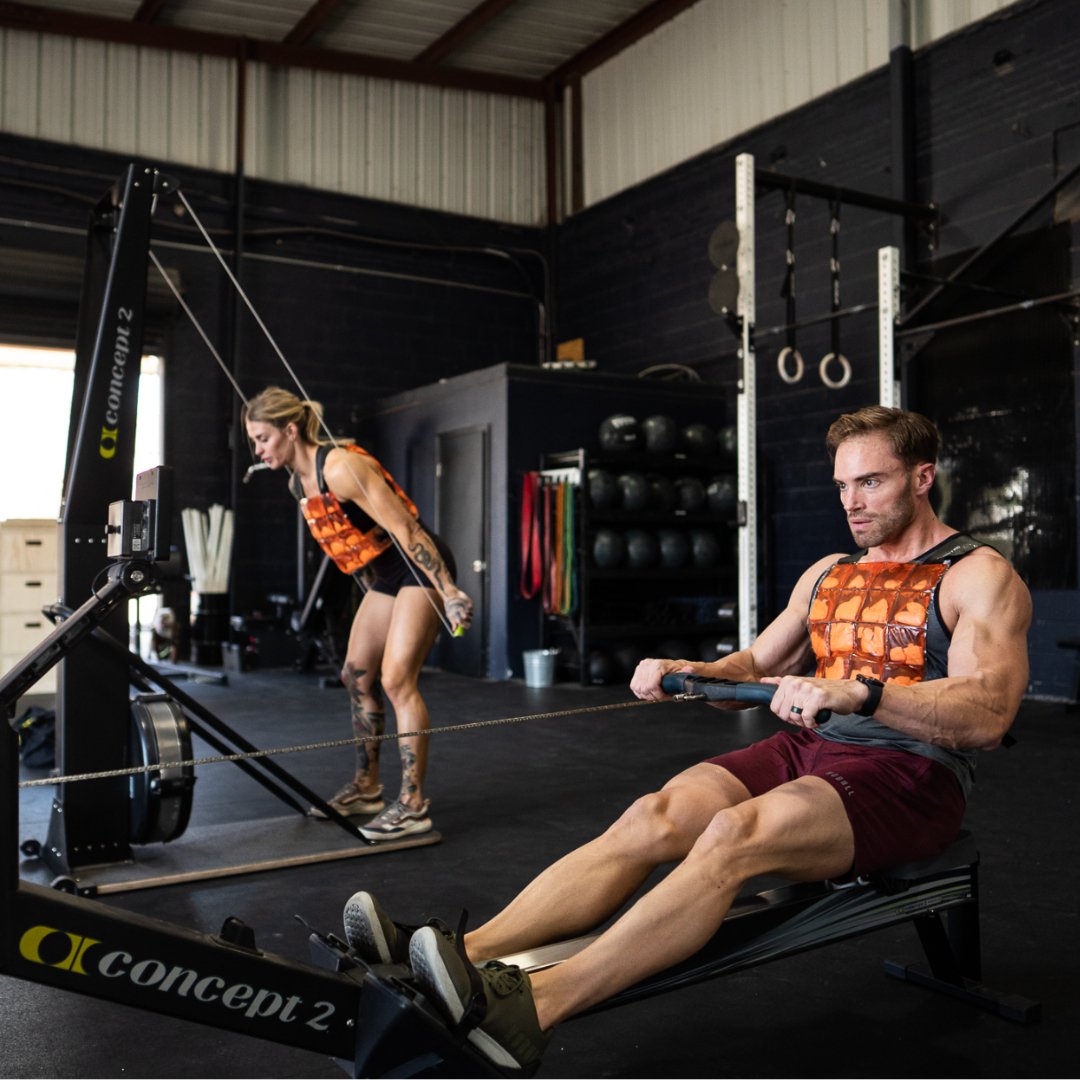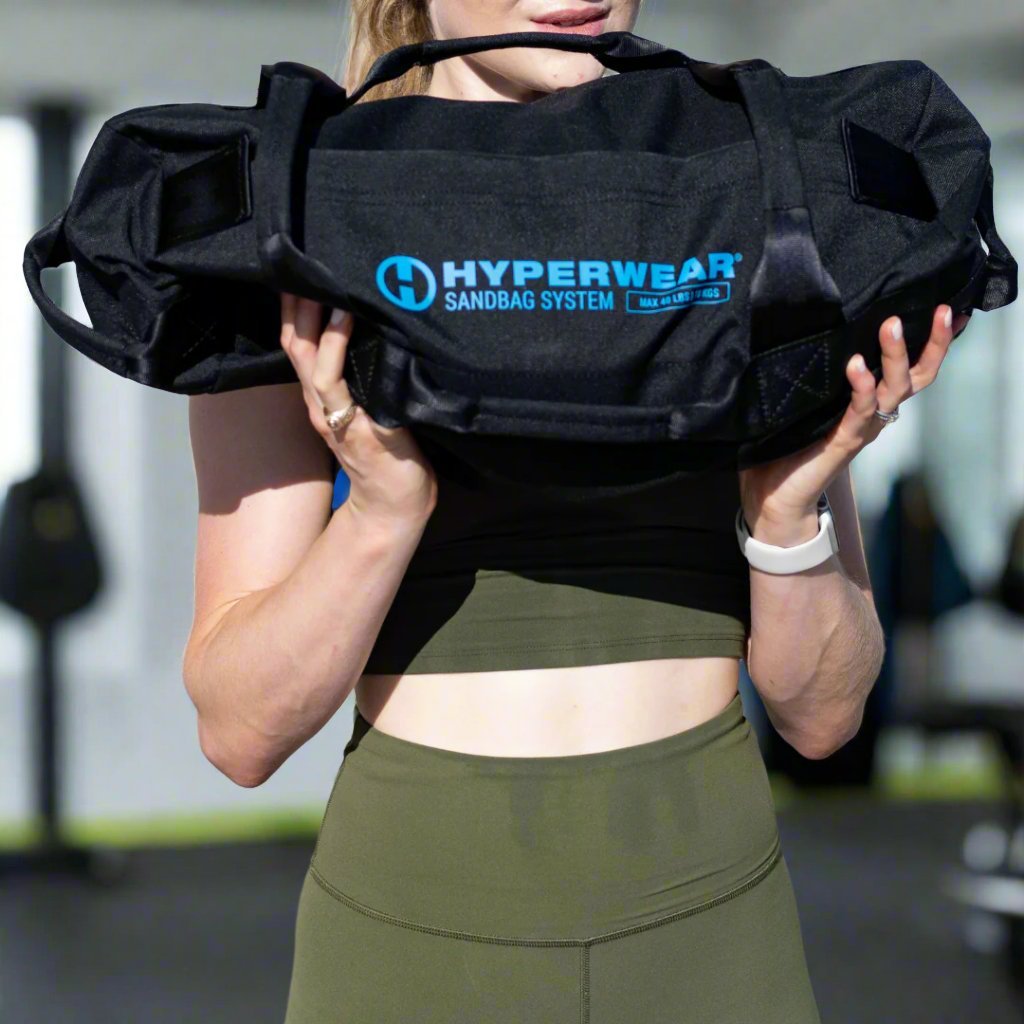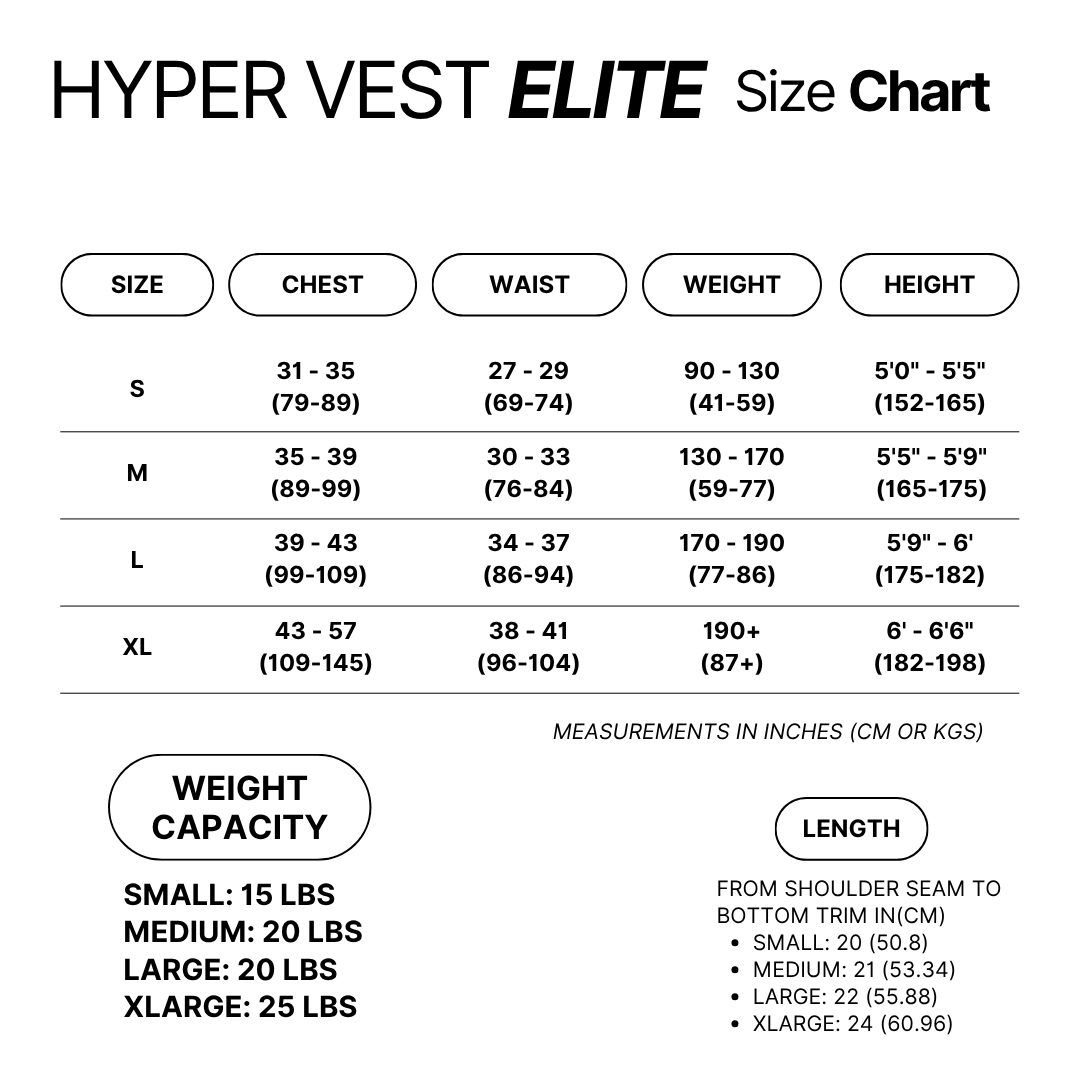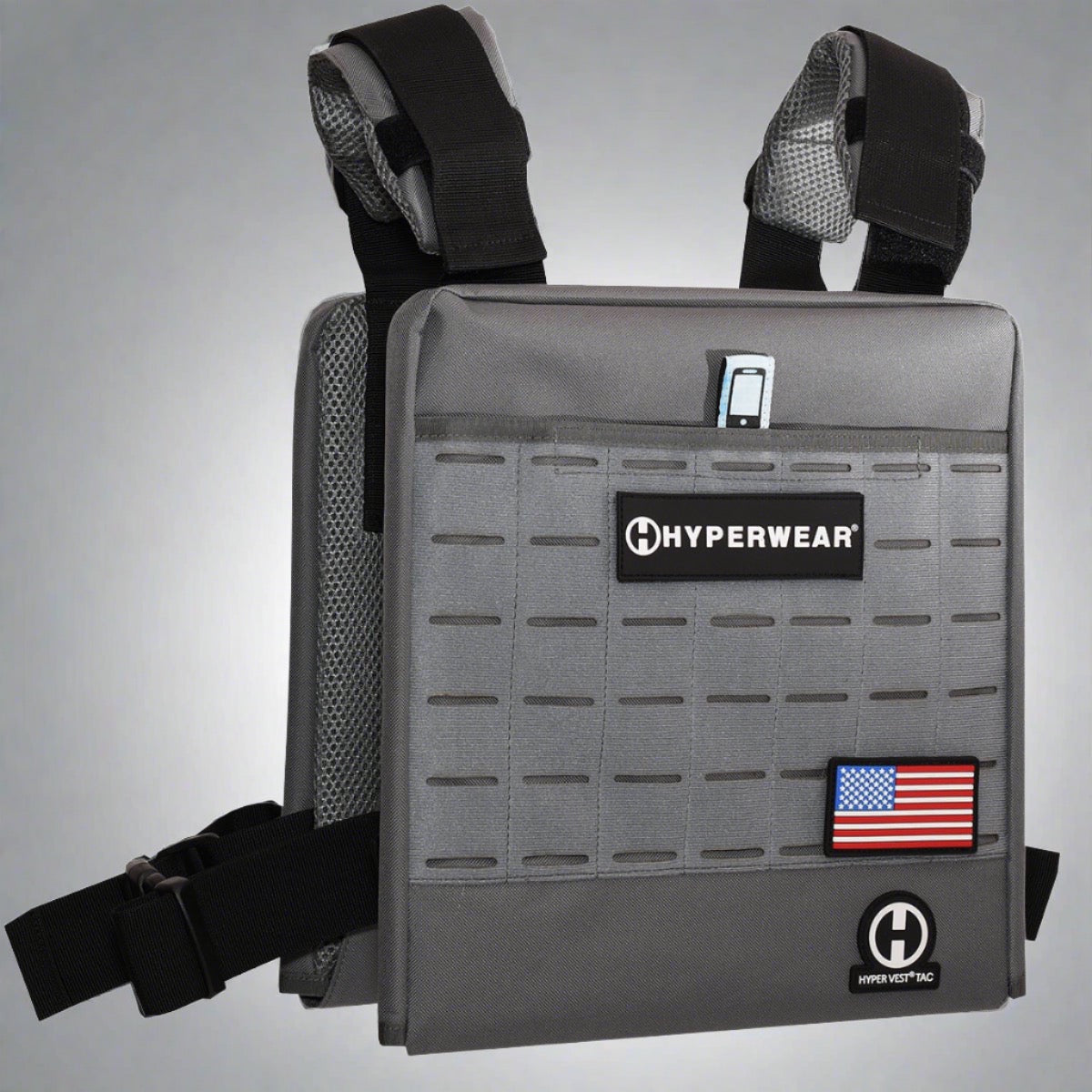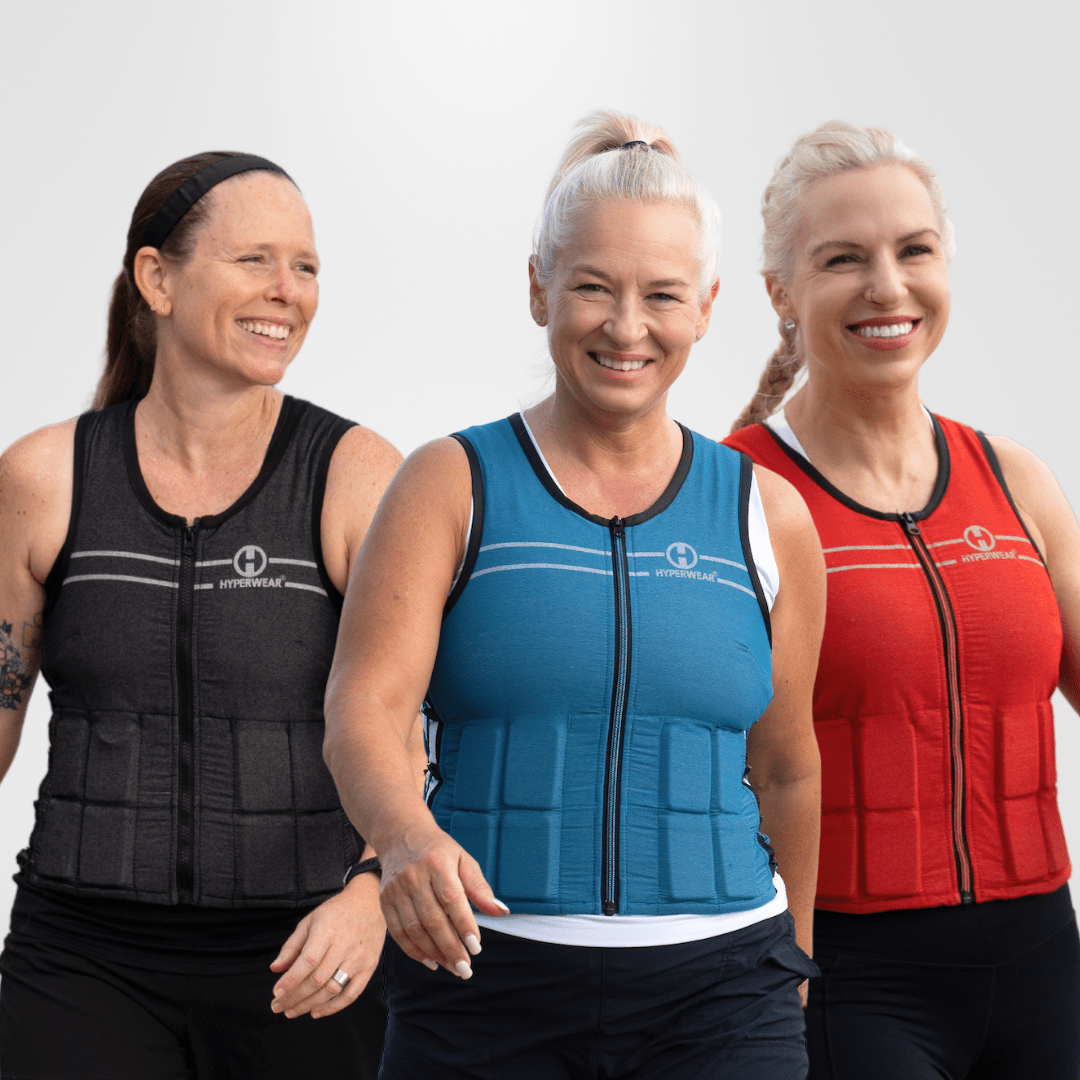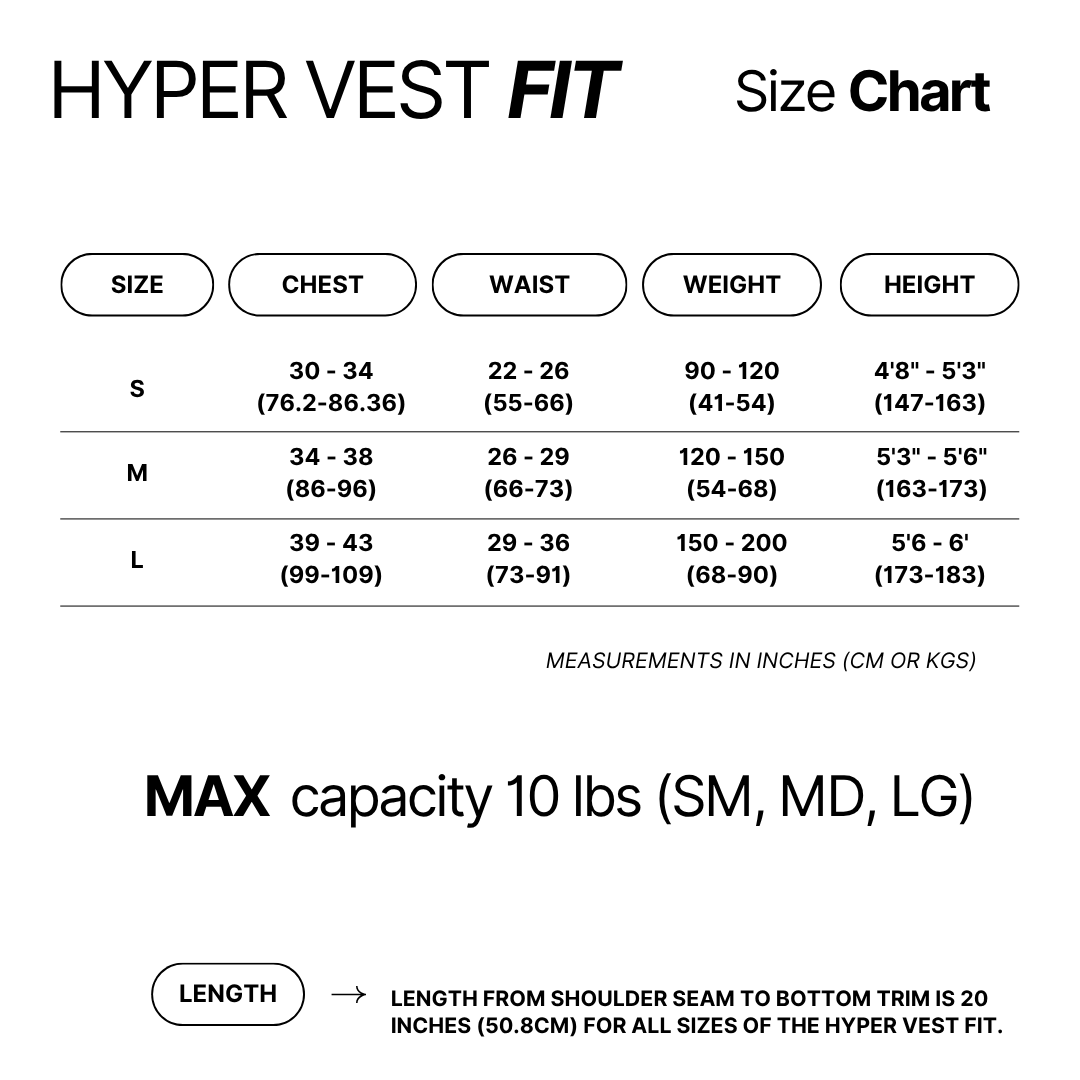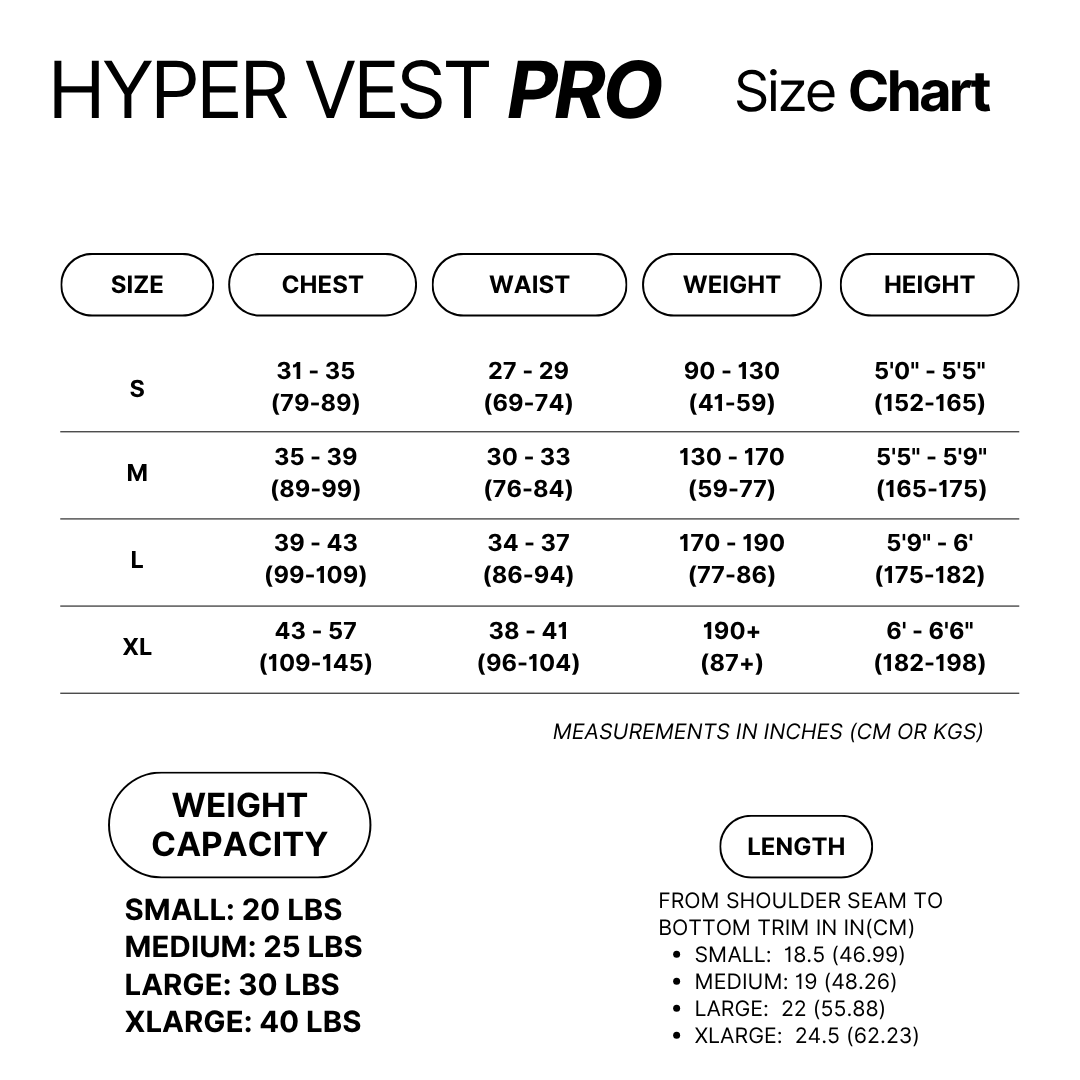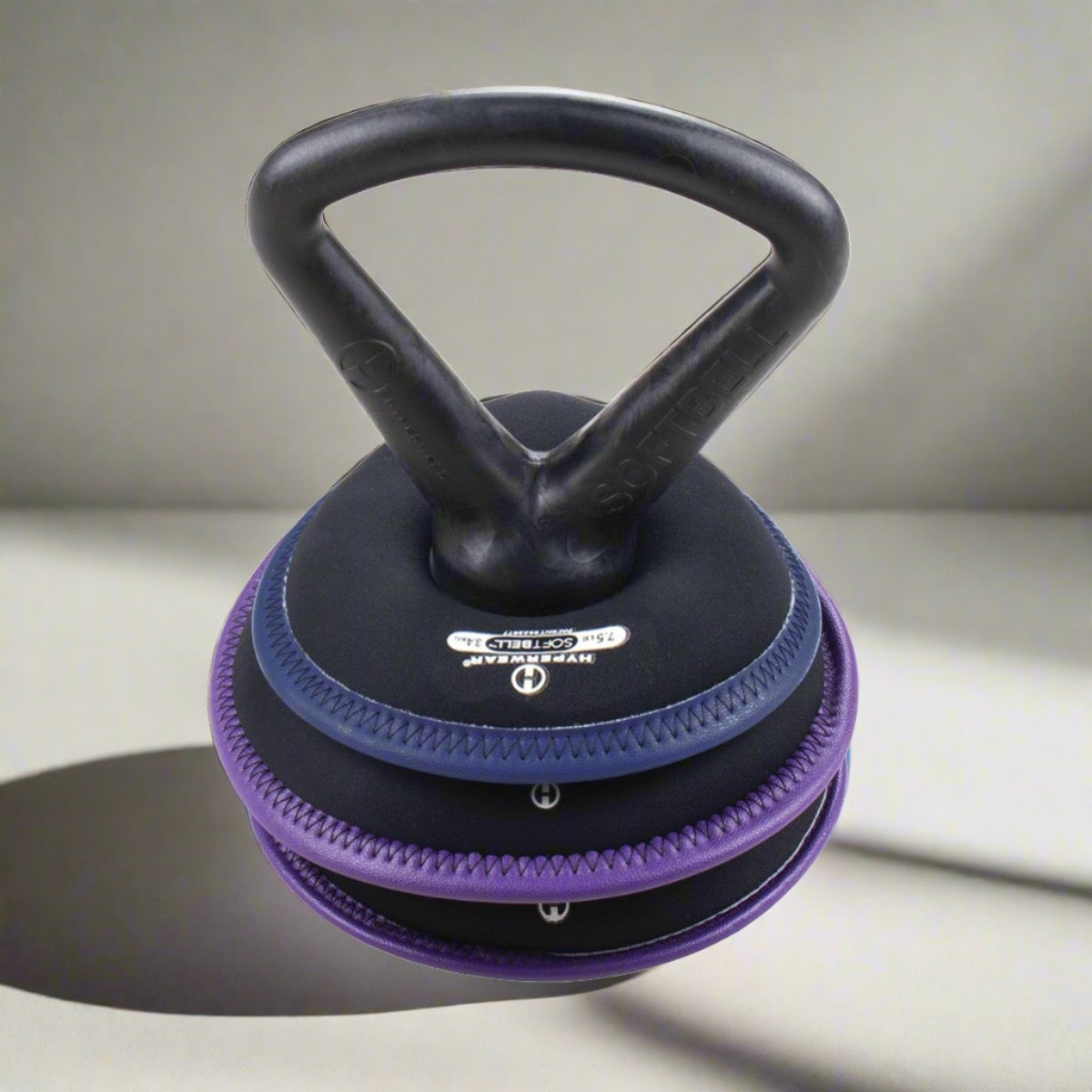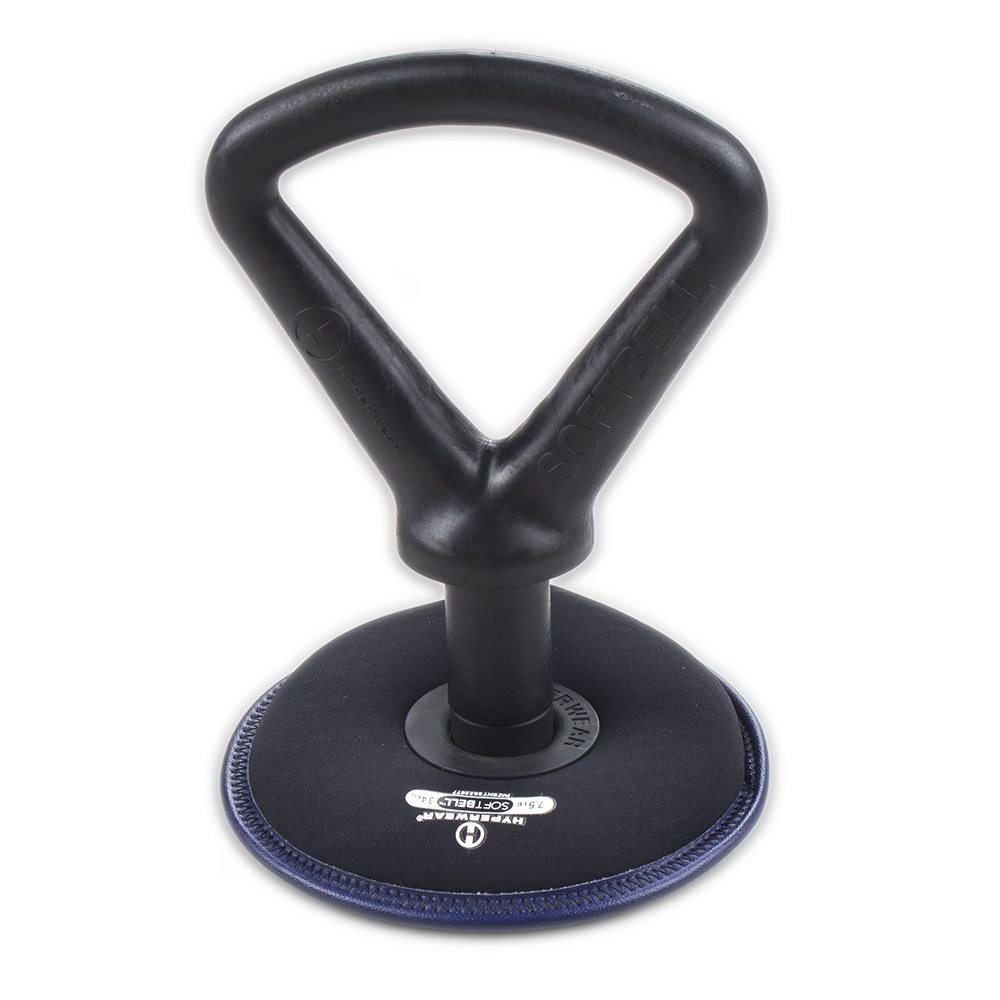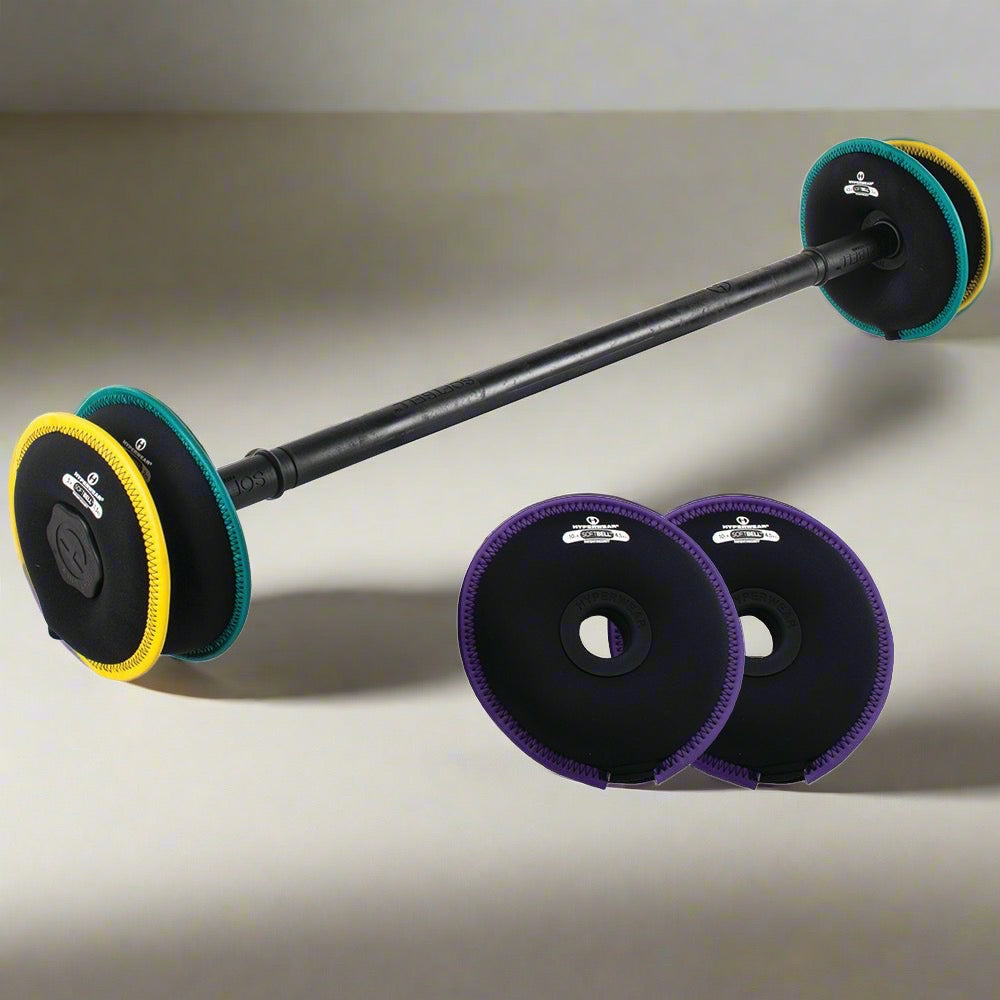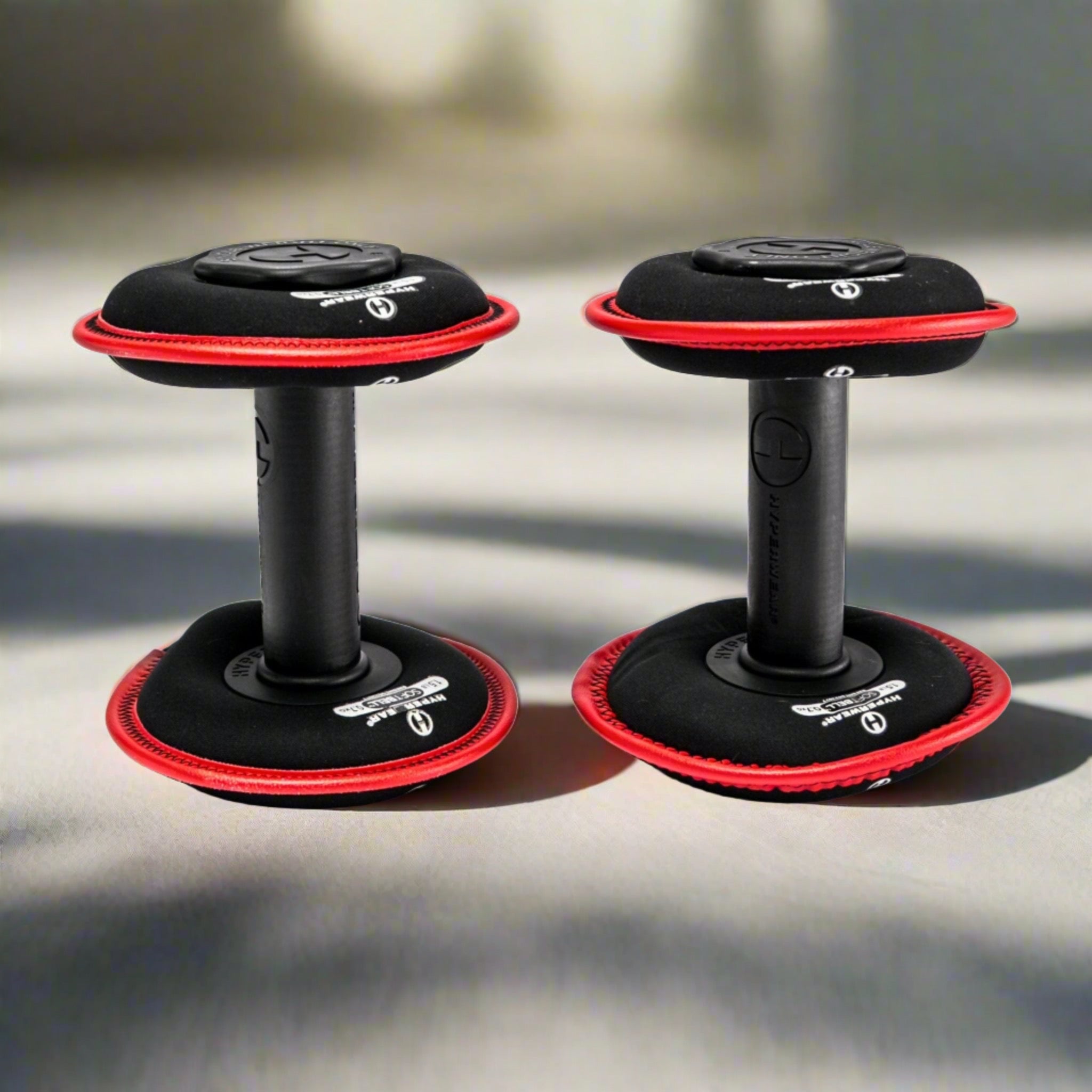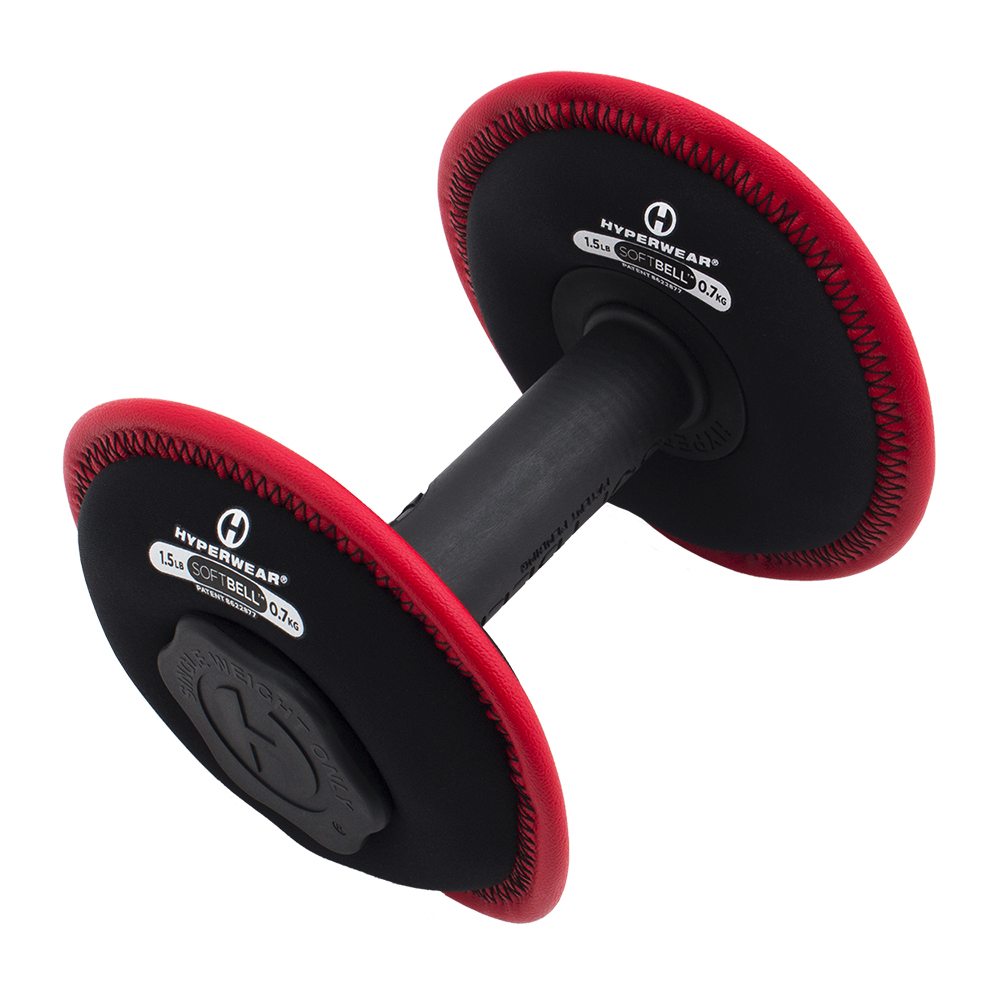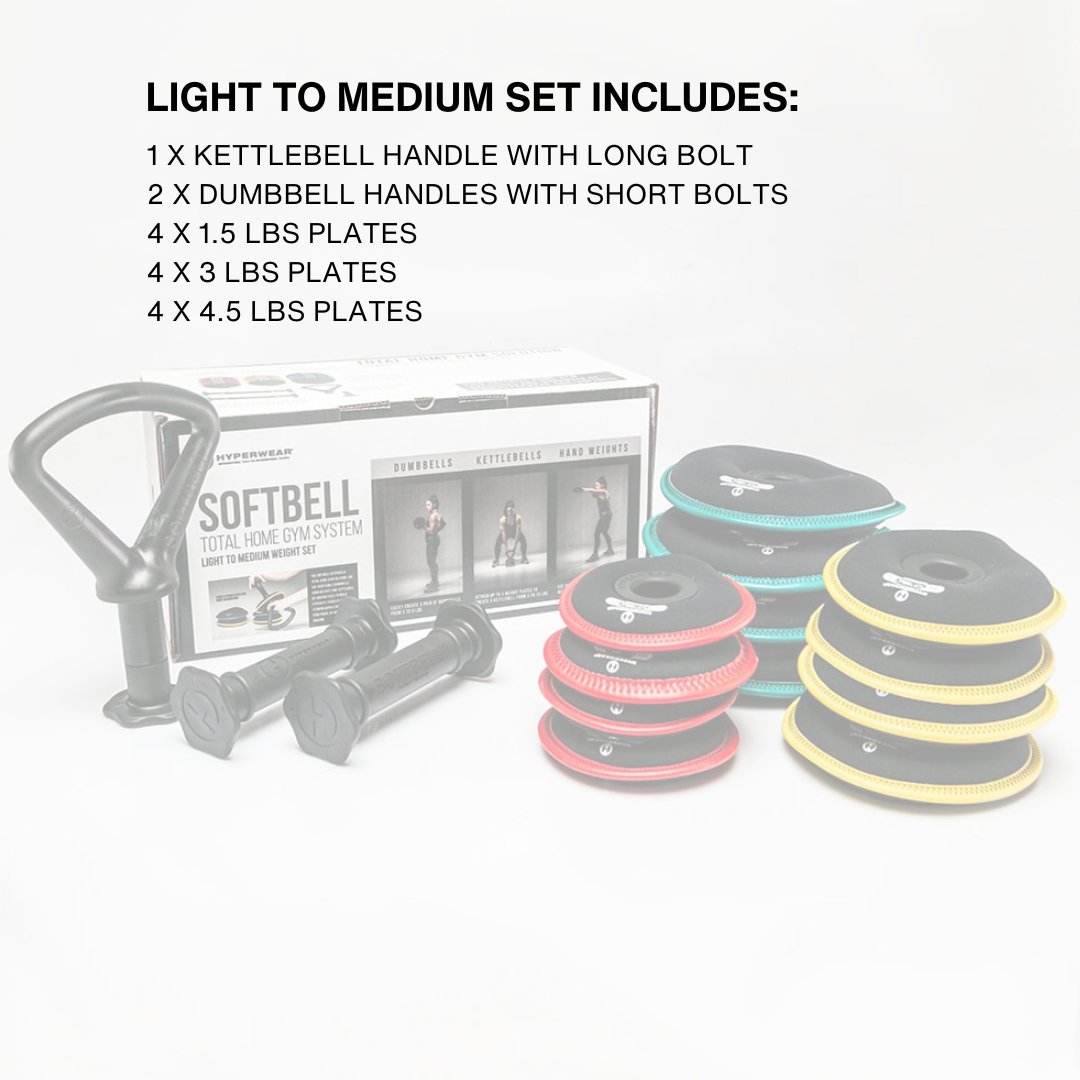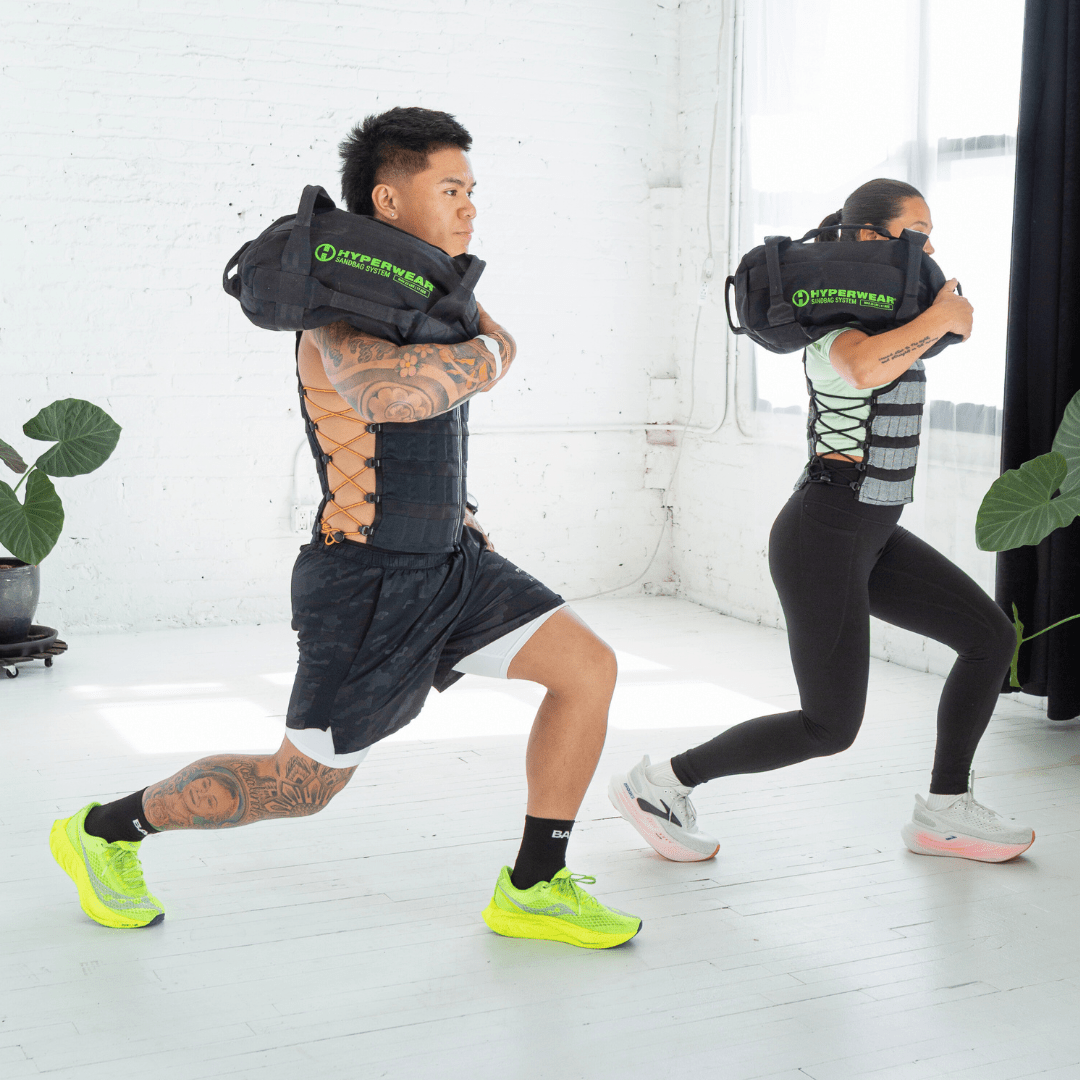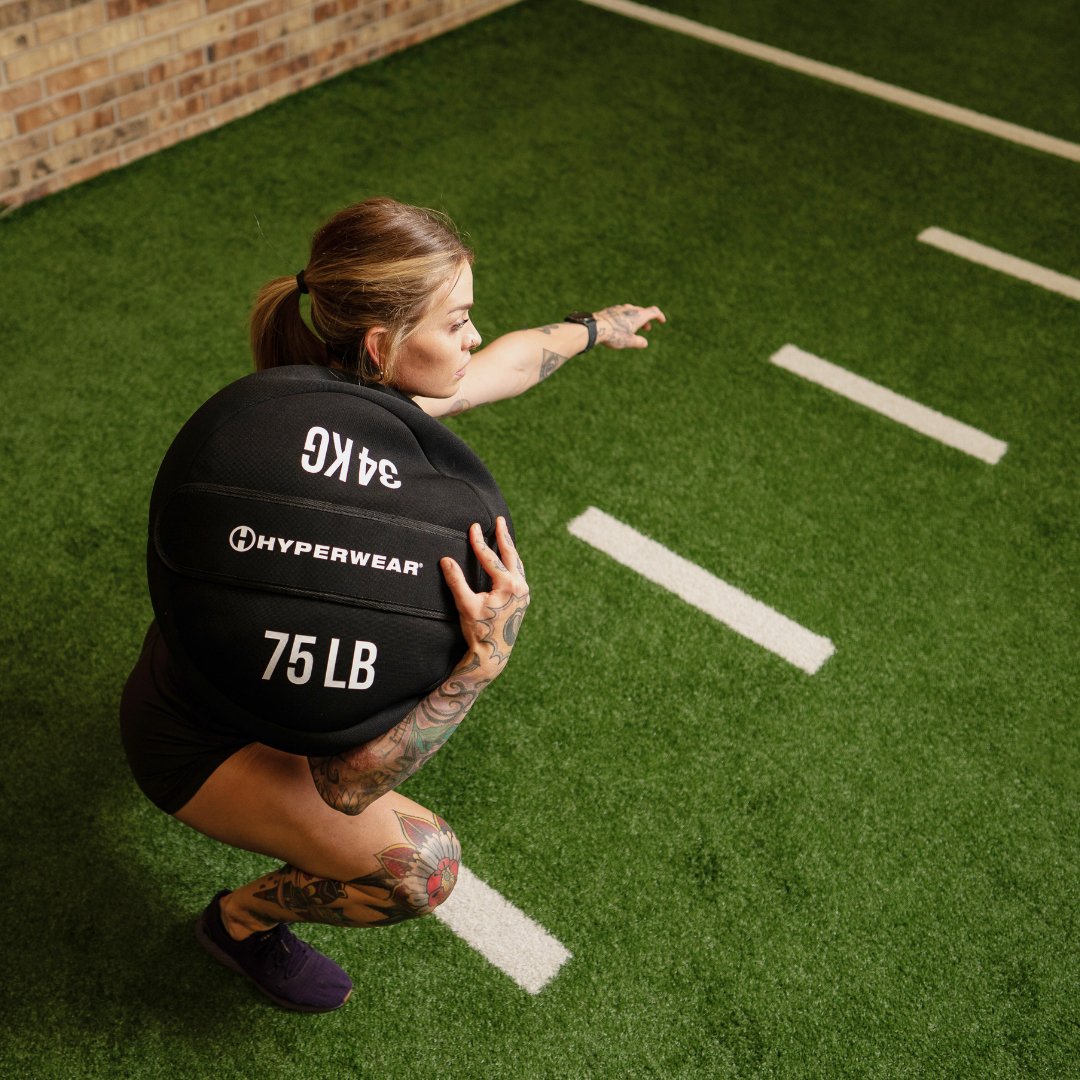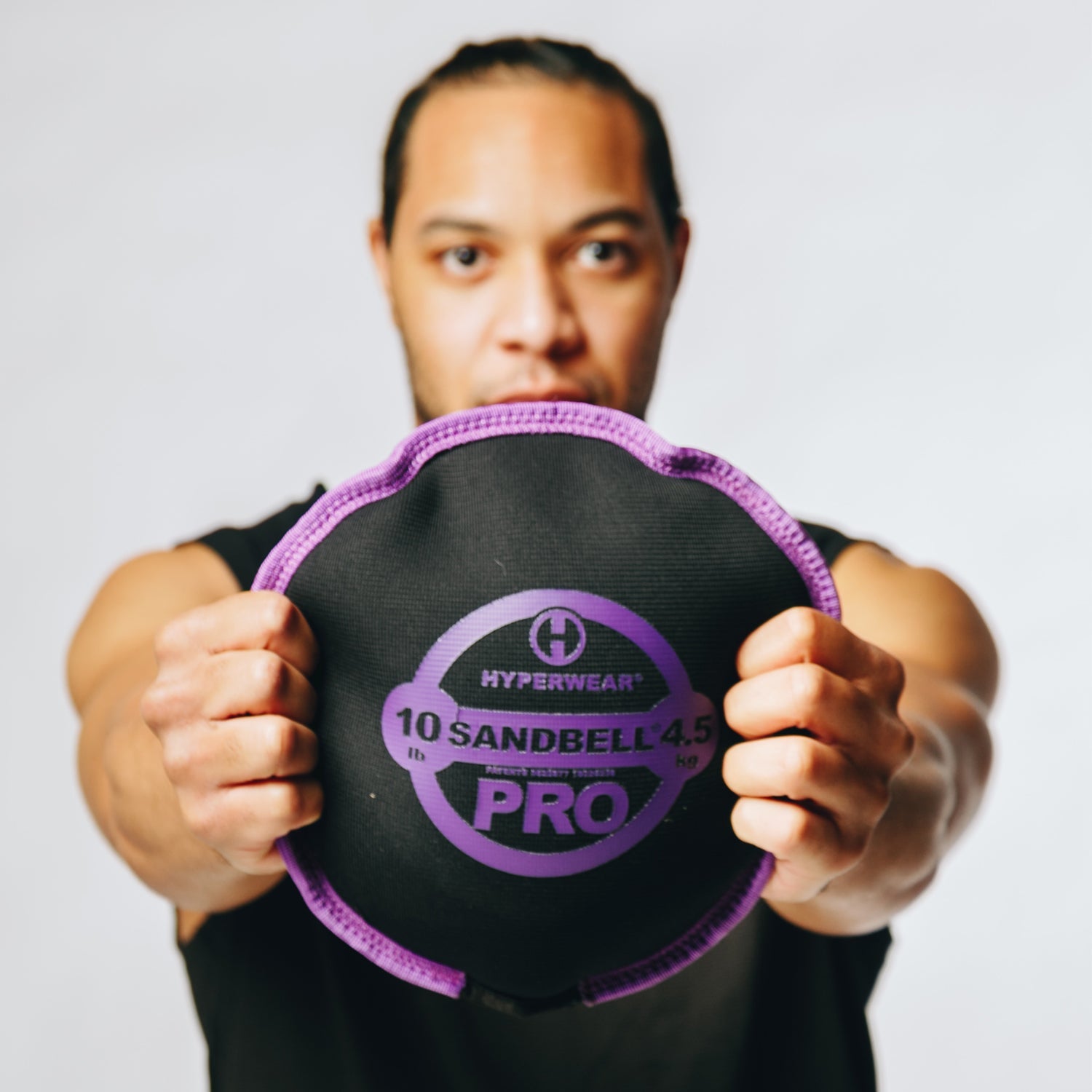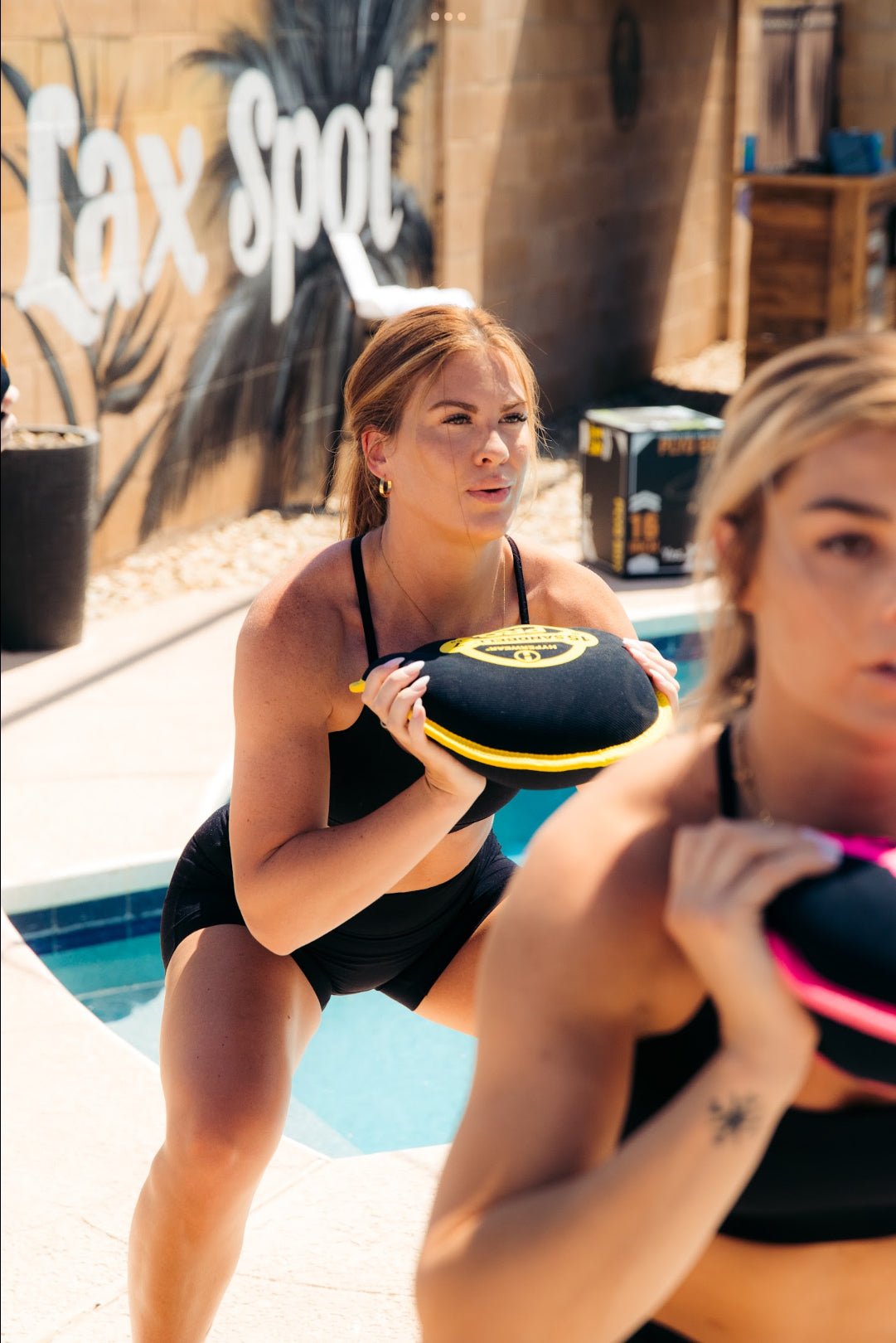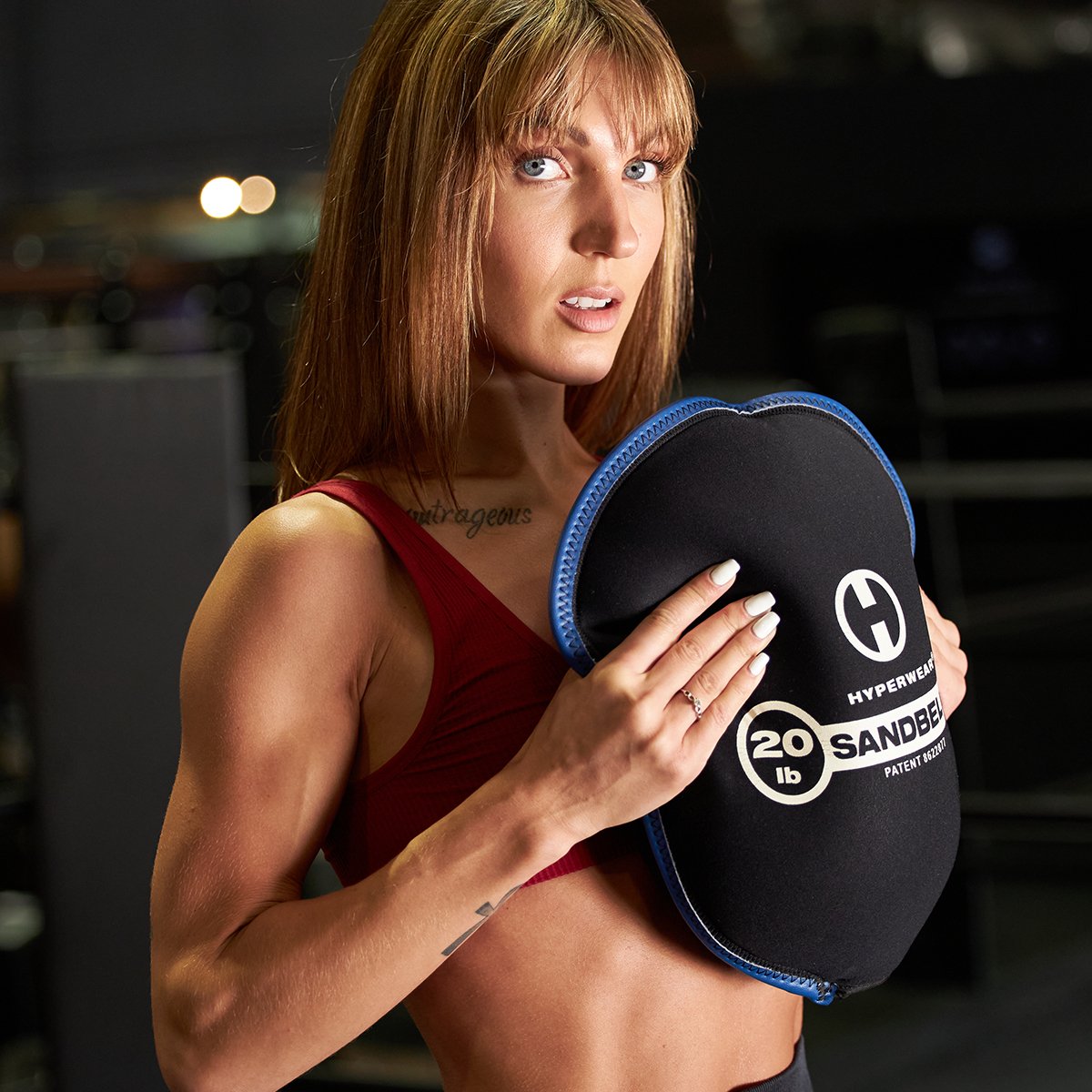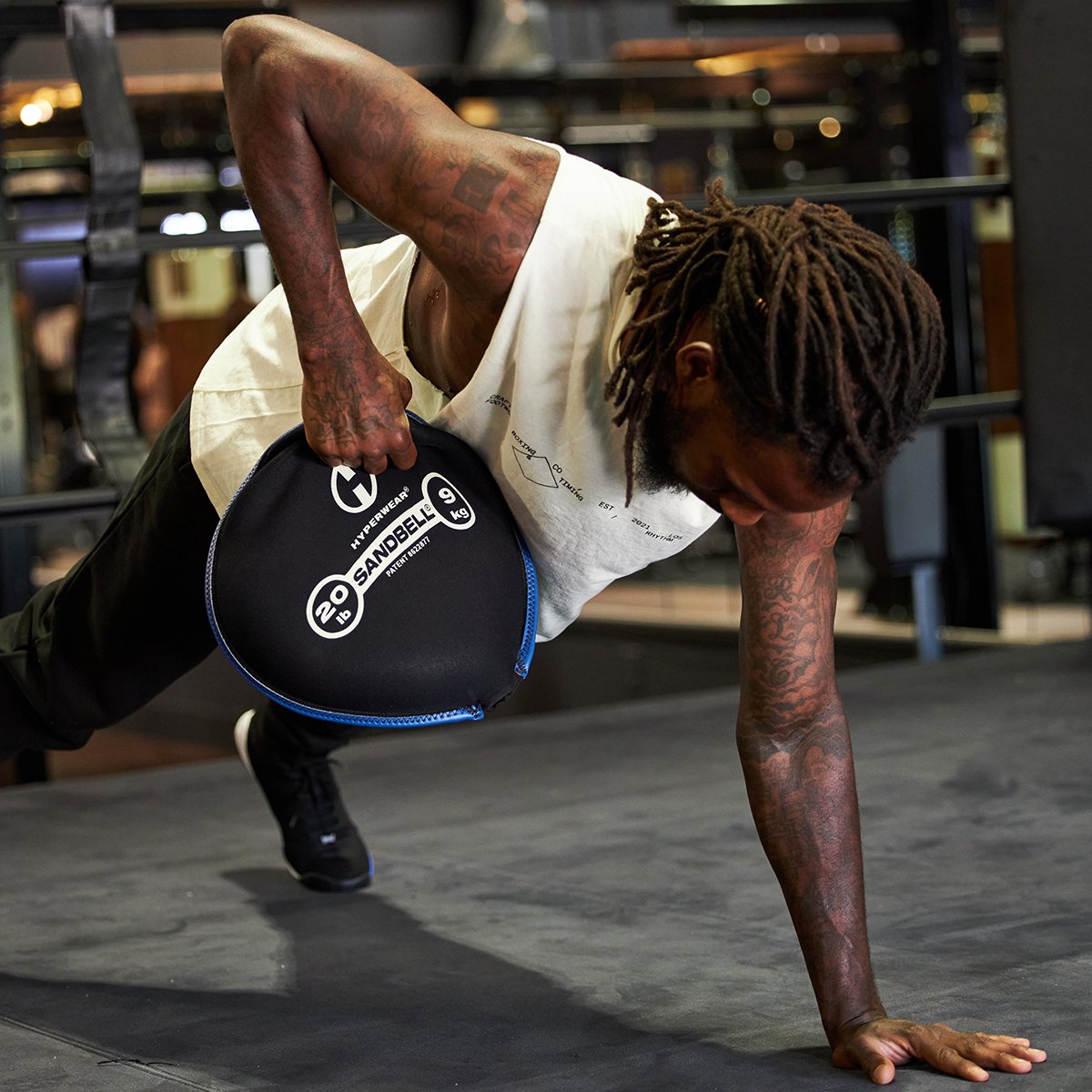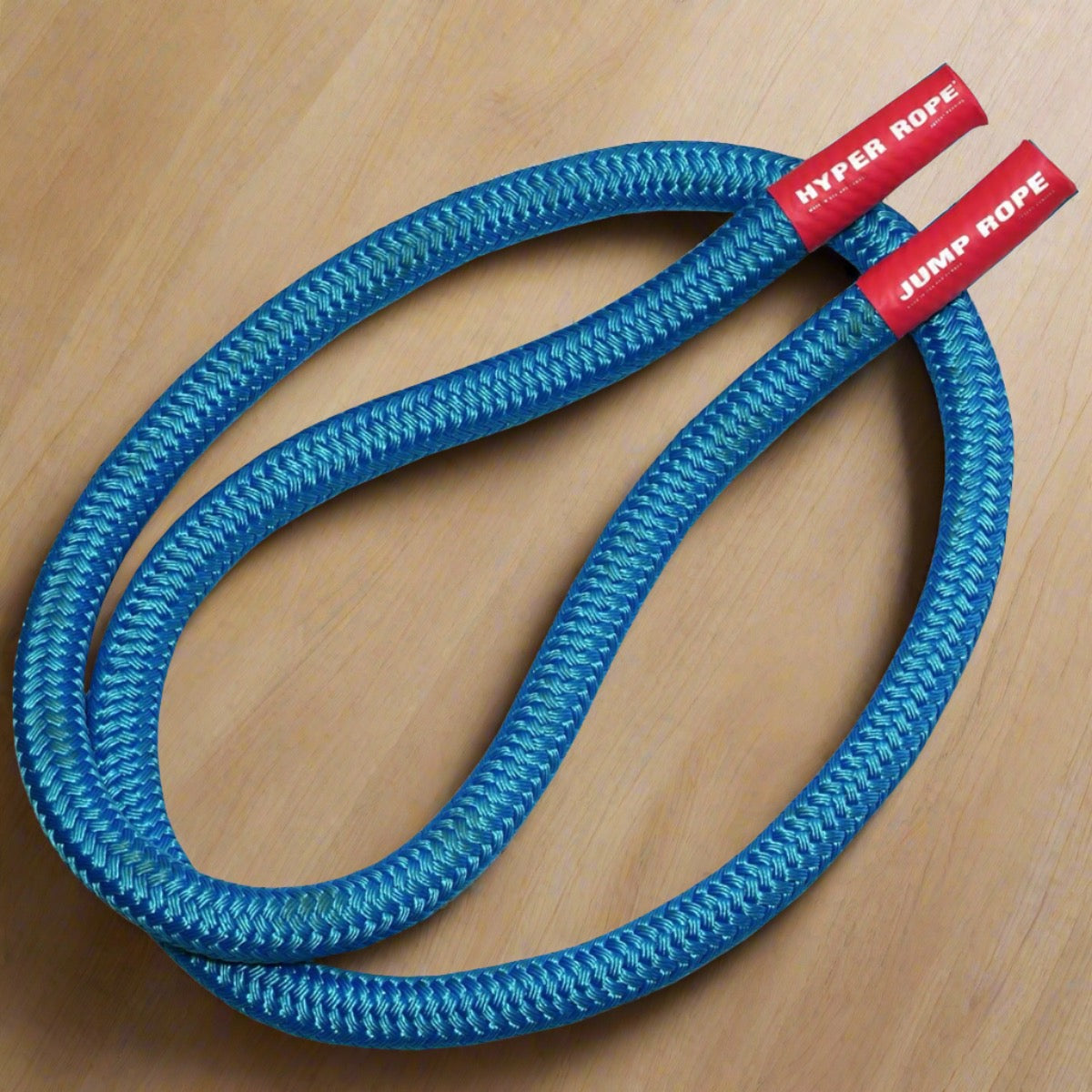A hybrid athlete is someone who trains and competes in multiple disciplines, often combining strength, endurance, and skill-based sports. The concept of the "hybrid athlete" gained significant popularity in the late 2000s and early 2010s, driven primarily by the rise of fitness movements and sports that emphasize versatility and competency across multiple physical domains. Several factors contributed to this trend; the explosion of Crossfit, a broad shift towards functional fitness, obstacle course racing and growing recognition of the benefits of cross training for professional athletes.
This approach contrasts with traditional athletes who typically focus on a single sport. Hybrid athletes aim to achieve a high level of proficiency in various physical capacities, such as strength, endurance, power, speed, and agility.
How Do Hybrid Athletes Train
-
Diverse Training Regimens:
- Hybrid athletes incorporate a mix of training modalities to develop various physical skills. This can include weightlifting for strength, running or cycling for cardiovascular endurance, and gymnastics or martial arts for agility and coordination.
-
Periodization:
- They often use periodized training plans that focus on different aspects of fitness at different times. For example, they might concentrate on building muscle mass in one phase and switch to improving cardiovascular endurance in another. This allows them to develop multiple fitness components without overtraining.
-
Cross-Training:
- Cross-training is crucial for hybrid athletes. It involves participating in different types of exercises that complement their primary sports. This not only improves overall fitness but also helps reduce the risk of injury by balancing the body's muscle groups.
-
Skill Integration:
- Training sessions are often designed to integrate multiple skills simultaneously. For example, a workout might include a circuit of strength training, agility drills, and high-intensity interval training (HIIT) to challenge different physical capabilities at once.
-
Recovery and Nutrition:
- Effective recovery strategies and tailored nutrition plans are vital. Hybrid athletes need to recover from varied and intense workouts, requiring a focus on adequate rest, sleep, hydration, and a balanced diet that supports both muscle recovery and energy for endurance.
-
Flexibility and Mobility Work:
- Due to the diverse demands placed on their bodies, hybrid athletes also focus on flexibility and mobility exercises to maintain a full range of motion and prevent injuries.
-
Mental Training:
- Hybrid athletes also train mentally to handle the challenges of different sports. This includes developing resilience, strategic thinking, and adaptability.
Hybrid Athlete Training Gear
Weighted Vests
- A weighted vest is a versatile tool in a hybrid athlete’s training arsenal, used to add extra resistance to a variety of workouts. Vests improve running and cardiovascular training by increasing the intensity and calorie burn. Vests also enhance muscle endurance during strength training, and help simulate load carriage during rucking or hiking. Rucking backpacks can also assist with long distance ruck training.
Sandbags
- Sandbags and SandBells are widely used by hybrid athletes to enhance their training with a focus on functional strength, stability, and dynamic movement. These tools are filled with sand, which shifts during movements, adding an extra layer of challenge as the athlete must stabilize the weight continuously, engaging more muscle groups. Sandbags offer dynamic training for explosive power movements due to shifting sand and are the best tool for improving grip strength and dexterity. Grip strength is also an indicator of health and longevity.
Battle Ropes
- Battle Ropes are a popular tool among hybrid athletes for developing a wide range of physical attributes including strength, power, endurance, and coordination. The cardiovascular endurance gained from battle rope waves is a high intensity and low impact application as well as core strength from stabilizing the body against the force of the rope. Complex patterns and handling improve mental and physical coordination and agility. Read more about the benefits and misconceptions of battle rope training.
By training across multiple disciplines, hybrid athletes can perform effectively in a variety of physical challenges, making them versatile and highly capable competitors or fitness enthusiasts.
